Search
Remove Ads
Advertisement
Search Results
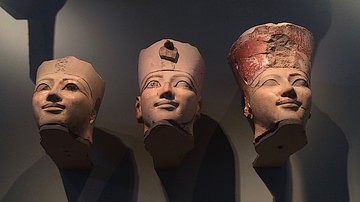
Article
The Statuary of Maatkare Hatshepsut
One of the most fascinating aspects of the female pharaoh Maatkare Hatshepsut's reign (1479 - 1458 BCE) is the artwork she left behind. Art served an important purpose in Egyptian society; every statue, mural, and motif had a significant...
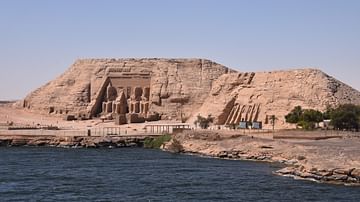
Article
Sailing on Lake Nasser towards Abu Simbel
In ancient times, the First Cataract at Aswan marked the southern frontier of Egypt. Beyond lay the land of Nubia, which stretched along the river Nile from the First Cataract southwards for about 250 kilometres (155 mi). This region, known...
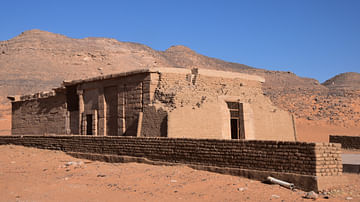
Image
Temple of Amada, Egypt
The Temple of Amada is the oldest temple ever found in Nubia. It is located at the site of New Amada, an archaeological complex containing three ancient Nubian monuments spared from the rising waters of Lake Nasser. The monument is a small...
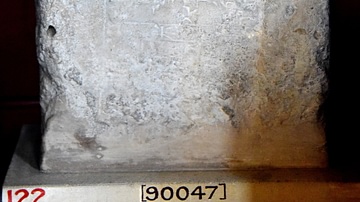
Image
Mud Brick Stamped with the Name of Warad-Sin
This baked-mud brick was stamped with the name of king Warad-Sin, king of Larsa; reigned 1770-1758 BCE (short chronology) and possible co-regency with his father Kudur-Mabuk. The cuneiform inscriptions mention the building of the temple of...
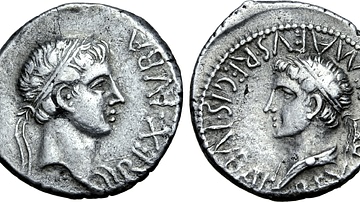
Image
Juba II & Ptolemy of Mauretania
Coin from the co-regency of Juba II (r. 29 BCE - 23 CE) and Ptolemy of Mauretania (c. 10 BCE - c. 40 CE). Left; Juba II, Right; Ptolemy of Mauretania. Silver Denarius, minted c. 20-24 CE. Minted in Caesarea, Mauretania (near modern day...

Video
Hatshepsut: the Forgotten Woman who was a King of Egypt
Hatshepsut, whose name means Foremost of Noble Women or She is First Among Noble Women is the forgotten woman who was a King of Ancient Egypt. She began as regent for her stepson Thutmose III and presented herself as a woman, but later she...

Video
The History of Egypt: Hatshepsut
Two political factions fight for control of Egypt. One faction is led by Hatshepsut who has gained political control of Egypt after the death of her husband Thutmose II. She is head of the regency and is to lead the country until the male...

Video
The History of Egypt (Part 2): Hatshepsut (continued)
Hatshepsut leads a regency council to set the date for the coronation of Thutmose III. After four years of consultations with the oracles, the priests announce that Hatshepsut is to be Pharoah of Egypt. Hatshepsut assumes control of Egypt.